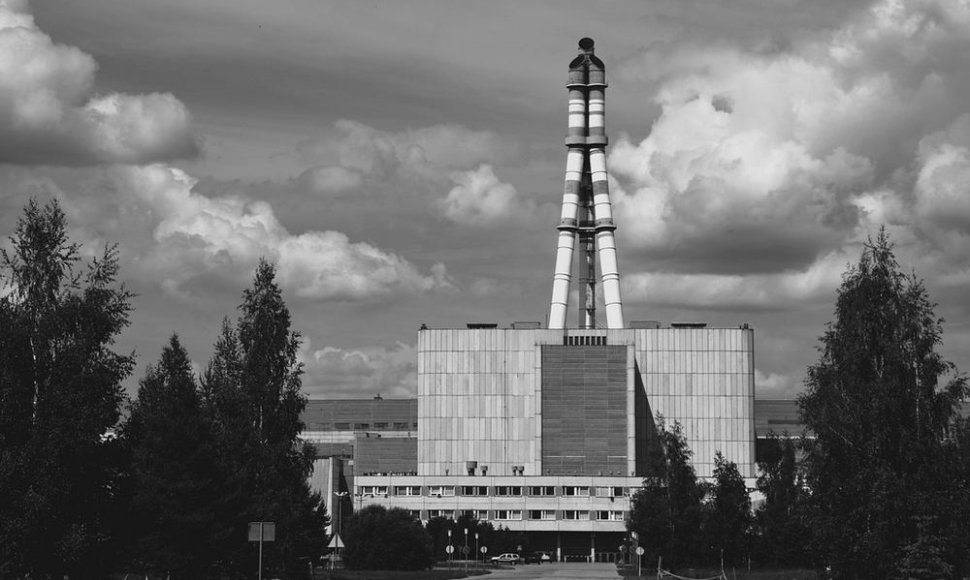Yet the stillness at Ignalina, a Lithuanian nuclear plant built in the 1980s Soviet era, belies an unsettling fact: There is still nuclear fuel inside one of its two reactors, three years after it was shut due to safety concerns.
A temporary storage facility for spent fuel and radioactive waste is four years behind schedule, creating a money drain at a time when the 27-nation European Union grapples with a crippling economic crisis.
States don’t need EU permission to build nuclear plants, but they need to abide by its safety rules, and the problems at Ignalina have provoked threats from the EU to cut the funding promised for dismantling it.
That raises concerns that the facility will be around for years, possibly decades, longer than planned.
Ignalina is turning out to be a hard lesson for Europe: It’s one thing to kill a nuclear power station; getting rid of the remains is another headache entirely.
Many experts downplay safety risks in delays to dismantling Ignalina and two other communist-era plants in Slovakia and Bulgaria, but that is little comfort to nearby residents who fear risks of a radioactive leak will only grow with time.
Target for terrorists, smugglers
Ignalina’s delays and massive cost overruns offer a cautionary tale for the EU, which aims to dismantle dozens of nuclear facilities over the next two decades.
In the poor nations of Eastern Europe, some fear offline nuclear reactors left in limbo pose extraordinary risks.
“Lithuania cannot continue the decommissioning process for an unlimited period and risk creating another Chernobyl in the middle of Europe,” said Zigmantas Balčytis, a Lithuanian member of the European Parliament.
A major nuclear disaster is much less likely in a closed plant than in a live one. The Paris-based Nuclear Energy Agency says an offline plant contains only one-thousandth of the radioactive material of one in operation.
Still, there are dangers of smaller releases of radioactivity into the air or soil, while workers face exposure to lethal doses.
In October 2010, radioactive pipes connected with Reactor 1 in Ignalina burst during cleaning, leaking several hundred tons of radioactive sludge.
It didn’t breach the concrete rooms inside the building and no one was injured, but the accident caused alarm, particularly since the plant conceded in a statement that the cleaning technology “was in fact not tested in nuclear industry enterprises before.”
Dormant nuclear facilities potentially could pose a tantalizing prize for terrorists or smugglers of nuclear materials, and experts point to another worry: Only a handful of reactors worldwide have been fully dismantled, meaning the process is largely uncharted territory.
Tearing apart reactor cores, for instance, creates unknown challenges and potential risks given the level of radiation inside them.
Steven Thomas, an energy specialist at Britain’s Greenwich University, says taking apart the core will likely require robots that are not yet invented.
“The robots we have at the moment won’t do it because the levels of radioactivity will send them berserk,” he said.
Costly enterprise
Ignalina presents particular challenges. The nuclear fuel rod bundles, at 23 feet, are twice as long as those in conventional plants and must be sawed in half to fit into storage casts.
Spent nuclear fuel is by far the biggest decommissioning headache. It is extremely radioactive and will remain so for thousands of years.
In the U.S. and elsewhere it’s a political bomb because no state or county wants to store it. France chooses to reprocess its fuel for further use in reactors, while Sweden and Finland bury it in casks deep underground.
In the long term, Lithuania hopes to send its fuel back to Russia, where it was manufactured. But for now, it has nowhere to put many spent fuel bundles since the temporary storage facility that was supposed to be ready when the plant closed in 2009 is still not complete.












